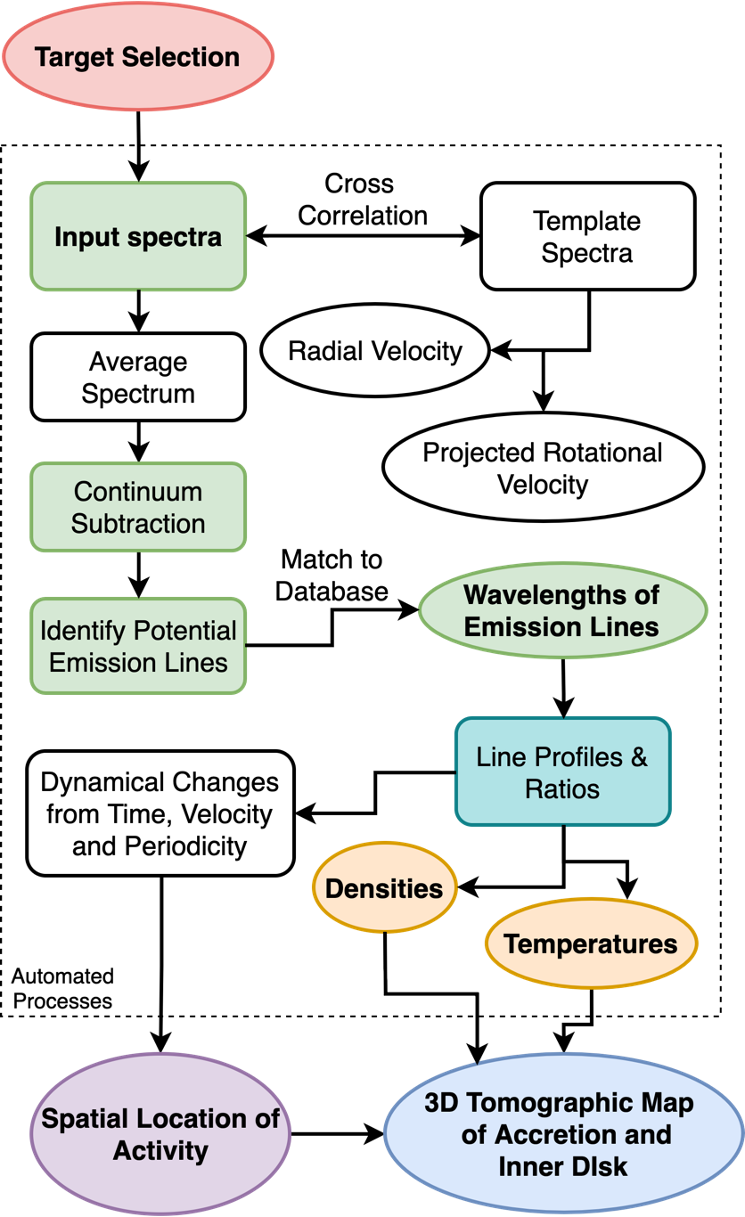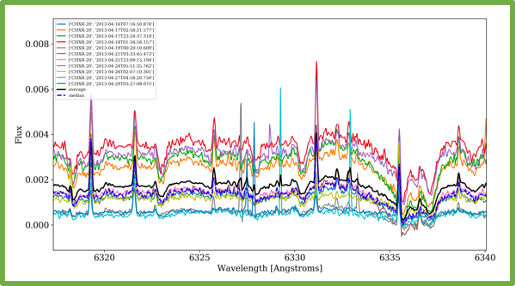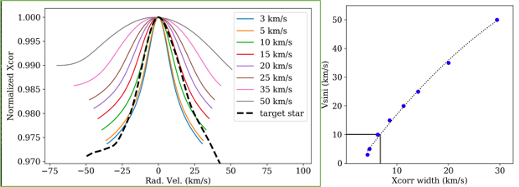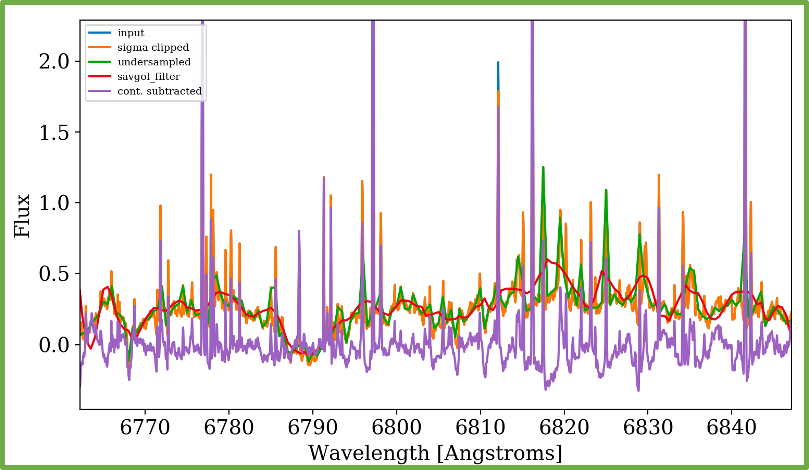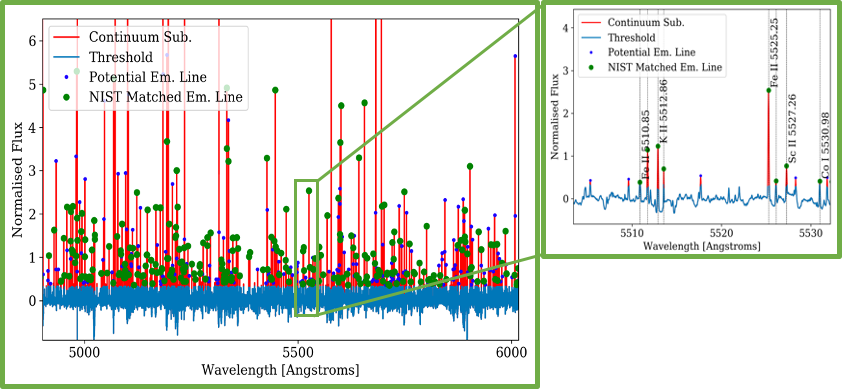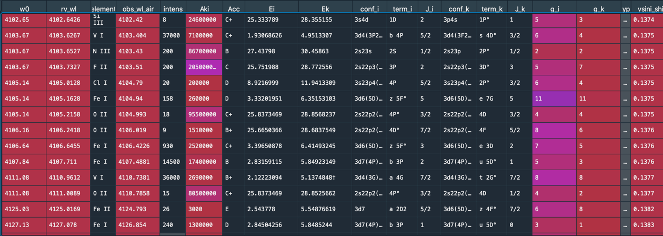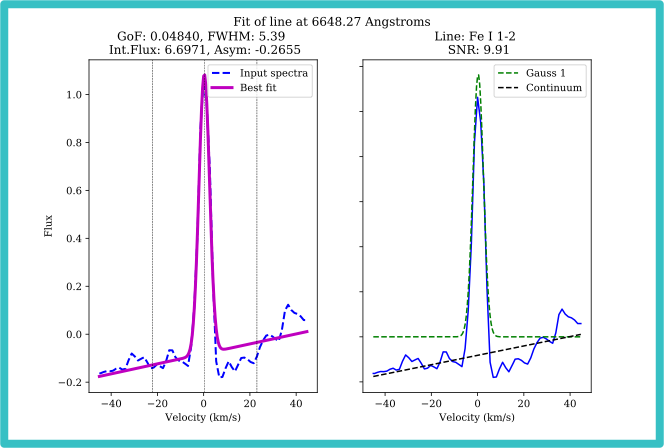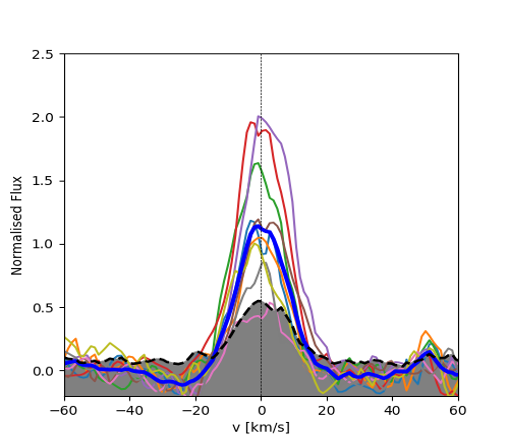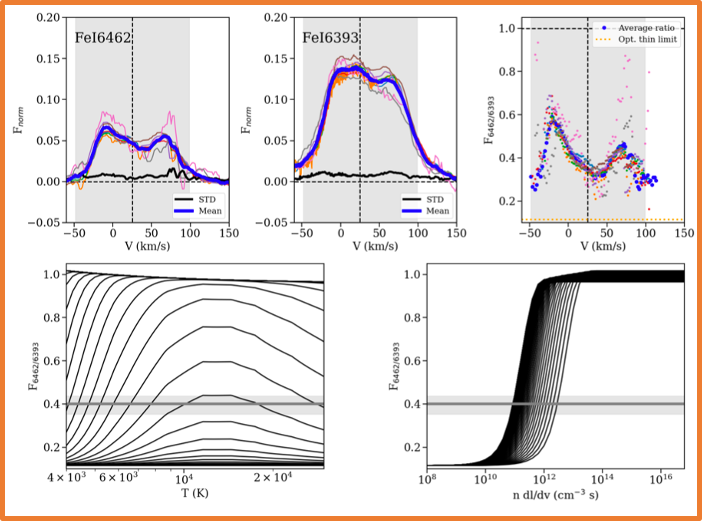
Illustration of a pre-main-sequence star with accretion channels and protoplanetary disk. Image credit: NASA/JPL-Caltech
Introduction
- Accretion governs the transport of matter and angular momentum from the disk to the star
- Accretion affects disk stability and evolution, planet formation and migration, and stellar rotation and activity
- During the pre-main-sequence phase, such stars possess many metallic emission lines, such as calcium, iron, and titanium
- These lines cover a large range of energies, densities, and temperatures
- Velociy- and time-resolved spectral emission allows us to trace the spatial scale and infer the tomography of the accretion and inner-disk of the stars
- Using emission-line tomography, we probe the inner-most part of the disk, to scales not possible with direct imaging techniques [1,2,3,4]
- See poster by Aurora Sicilia-Aguilar et al. for detailed applications of this technique
Target Selection
- We currently have time-resolved data for ∼60 pre-main-sequence stars from archival programs (FEROS, HARPS, ESPaDOnS, OHP, Keck, UVES)
- Including late-type classical TTSs and early-type Herbig Ae/Be stars
- Each possesses up to hundreds of emission lines

